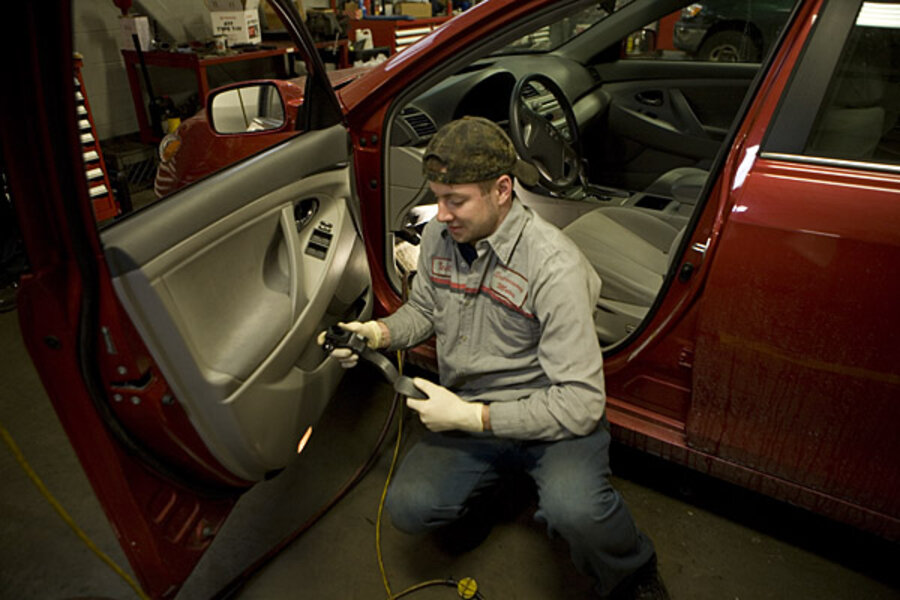Buying your teen's first car? Split the expenses.
Loading...
Sometimes, I get questions that are perfect for the Reader Mailbag, except that when I actually start writing out the answer, it turns into a full post. This is one of those times.
Leslie writes in:
My daughter is turning sixteen this August. We’re going to buy her a used car as a gift, but we’re struggling with how much of the expense of the car we should handle versus how much we should require her to cover. Do you have any insights or books about this?
You and your wife are doing the right thing in terms of figuring out in advance what you should expect to cover when it comes to the cost of the car.
The first question you need to ask yourself is whether or not an after-school job is appropriate for your daughter. For some teenagers, it makes a lot of sense. For others – particularly those heavily involved in after-school activities – it can add even more burden to a heavily stacked life.
I think that a time-limited after school job is a good idea for most teenagers. Many local businesses will often find work for students in this type of position. Ten to twenty hours a week is a healthy number.
So, let’s say your daughter is working fifteen hours a week and thus bringing home roughly $100 a week. That adds up to about $400 a month.
The next step I would take is to walk through the various costs of owning a car and think about how they apply to your daughter.
For example, if my child was earning $400 a month, I would expect them to cover all fuel costs on the car. I think this would be a given. It would help them to directly see the cost of driving and that every mile counts.
What about insurance? Auto insurance tends to be a pretty significant cost for teenage drivers. In this position, I would show my child the actual impact of adding them as a driver and adding their car to your insurance plan. It will go up quite a bit.
Should your daughter pay for this? I would not expect a teenager working fifteen hours a week to cover insurance at this point, as it would likely be pushing them toward additional working hours that they don’t really need to be stuffing into their life at this point. If you did want them to cover it, I would probably stick with a percentage of the difference that they’re adding to the bill.
For example, if your insurance cost goes from $300 to $550 thanks to the new driver and new car, the difference is $250. If you have them pay, say, 25% of this, they’d have to cover $62.50. I think a low percentage here is reasonable, as you want them to get a taste of the cost of insurance but you don’t want to overburden their situation.
This is also a very good opportunity to shop around for auto insurance. The Simple Dollar has a great auto insurance guide that can help you navigate the process.
Another factor is maintenance. Quite honestly, I would teach them how to do most of the maintenance themselves. If you don’t know how to do it, there’s no better time to learn.
Why do this? For one, the cost of maintenance is far less if you do it yourself. For another, it’s good knowledge to have for situations where you don’t have the option of taking it somewhere to have someone else do it.
For my children, if they do it themselves, I’d split the cost of the materials with them. If they’d rather take it to a shop to do it, I probably wouldn’t help, because it would show that they’re not interested in learning. The goal would make self-maintenance and learning the path of least resistance for them.
To summarize, I’d make them pay for the gas, I’d cover most of the insurance but make them pay a pretty tiny percentage of it, and I’d split the maintenance costs with them provided they’re learning how to do it themselves. This assumes they have a job – if they don’t, then I’ll be covering all of it or they won’t have a car (which is another decision entirely). The primary goal here is to make sure they deeply understand that every mile they drive has a cost, so they should budget their miles like they budget their money.






